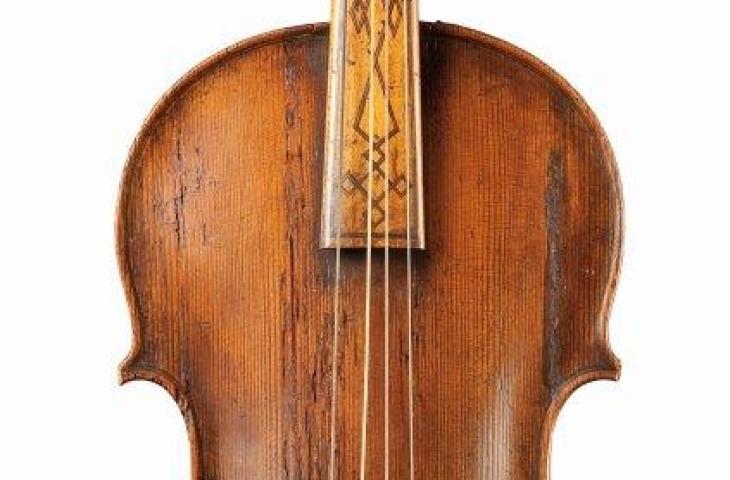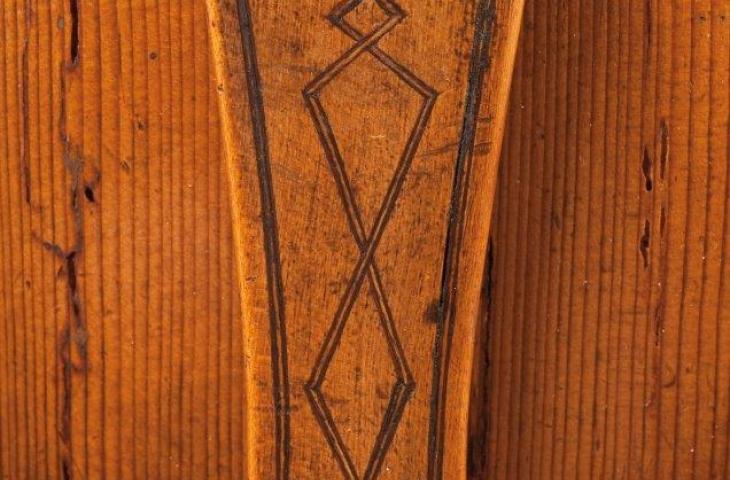Viola

Viola, Gaspar Borbon, Brussels, 1692, inv. 2836
Viola

Viola, Gaspar Borbon, Brussels, 1692, inv. 2836
The violin appeared in the Low Countries during the sixteenth century, although it was only during the seventeenth that it made a real breakthrough, when its potential and the high quality of its structure became widely recognized. The Brussels Court also took violin makers into service, their task including the repair and maintenance of instruments. One among them was Gaspar Borbon.
Unusually, this viola made by him has retained its original seventeenth-century character. The finger-board is shorter than that of present-day instruments and is decorated with diamond-shaped inlay in ebony. The neck is set straight on the sound-box, whereas it inclines backwards on present-day instruments. Furthermore, the four projecting corner points are substantially elongated, a detail that is indicative of the archaic construction method that continued to be used in the Low Countries until the end of the eighteenth century: the various components were not only glued to, but also anchored within each other, and the corner points were elongated in order to provide a larger adhesive surface.